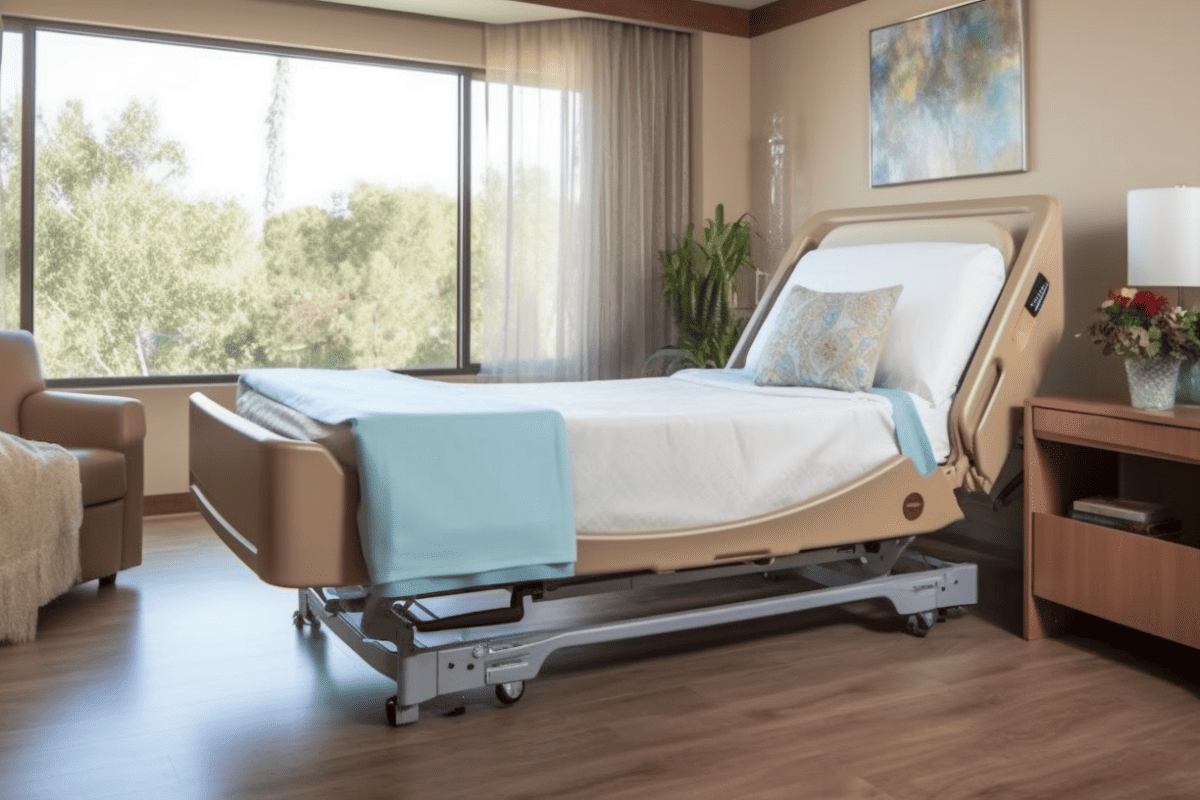As doctors face patients every day, exposure to different infectious microorganisms and harmful agents is a routine and therefore, wearing personal protective equipment that includes isolation gowns is a must. This serves as their first line of protection from the spread of illnesses and infection.
What are isolation gowns?
Isolation gowns are considered as one of the components of personal protective equipment utilized in the hospital setting. These gowns are used to protect those who are donning them against the transmission of infection or contagious diseases coming from potentially infectious materials.
Transfer of harmful substances and microorganisms from the healthcare team to potentially vulnerable and immunocompromised patientspr is also reduced with the help of isolation gowns. Isolation gowns are a big part of infection control programs in every hospital. It is worn when there is a presence of risk of contamination ranging from medium to high risk an isolation or hospital gown manufacturer can produce be non-surgical or surgical items.
Nonsurgical gowns are considered Class I medical devices. On the other hand, surgical isolation gowns are labeled as Class II medical devices and are used when there is a need for larger critical zones.
What are the differences between the medical gowns level 1, 2, 3 and 4?
Medical gowns come in different levels of protection – four levels to be exact.
Finding a suitable isolation gown for you and your situation may be confusing. However, knowing which level you have to use would be of great help in keeping yourself safe, along with your patients, and the whole workplace.
Level 1
Medical gowns manufactured with level 1 protection offer minimal protection.
In a hospital, it is commonly used under general circumstances. You can wear level 1 medical gowns when providing basic care to your patients. These procedures commonly do not require the use of sterile gowns. They are used in standard medical wards, and it is not suitable for use in ICUs, blood draws, and pathology laboratories.
Level 2
Medical gowns manufactured with level 2 protection are mostly used in situations that involve a low risk of exposure to infectious microorganisms. These include blood draws, ICUs, suturing, and pathology laboratories.
Level 2 gowns offer more protection and can block more fluids when compared with level 1 gowns. It also protects the wearer from fluid penetration from unexpected splatters.
Level 3
Medical gowns manufactured with level 3 protection are suitable for situations that involve a moderate risk of exposure to infectious microorganisms. Level 3 gowns are used in blood draws, insertion of intravenous access, handling ER trauma cases, and other work that requires the use of sterile gowns and equipment.
Level 4
Level 4 gowns offer the highest protection among all the levels. This type of medical gown can be used when handling high-risk procedures that include surgical operations. Level 4 gowns are known to prevent the penetration of pathogens and fluids for up to 1 hour.
What are the ANSI/AAMI standards for surgical gowns?
The American National Standards Institute (ANSI) and the Association for the Advancement of Medical Instrumentation (AAMI) are organizations that help determine if the surgical gowns being produced by medical device companies are up to their global standards.
This is to ensure the safe use of the medical gowns that will be distributed in different healthcare settings.
AAMI addresses the protection from fluids in the area known as the “critical zone”, which is the area of the gown wherein staff members are most likely to come in contact with different infectious pathogens. In a surgical gown, the critical zones comprise the majority of the sleeves along with the front area of the gown.
It also comes with different levels similar to the abovementioned levels. The use of these surgical gowns greatly depends on the type of procedure that will be conducted.
- Level 1 surgical gowns offer minimal fluid barrier protection.
- Level 2 surgical gowns offer minimal to low protection from liquid penetration.
- Level 3 surgical gowns provide moderate protection from liquid penetration.
- Lastly, level 4 surgical gowns provide the best and highest protection from both liquid and microbial penetration.
Wearing medical isolation gowns is one of the best ways to keep both doctors and patients protected. Picking suitable medical gowns for different cases must also be taken seriously. Healthcare professionals must always keep in mind that wearing personal protective equipment helps them become responsible professionals who control the spread of different pathogens while protecting themselves too.
Digital Health Buzz!
Digital Health Buzz! aims to be the destination of choice when it comes to what’s happening in the digital health world. We are not about news and views, but informative articles and thoughts to apply in your business.


